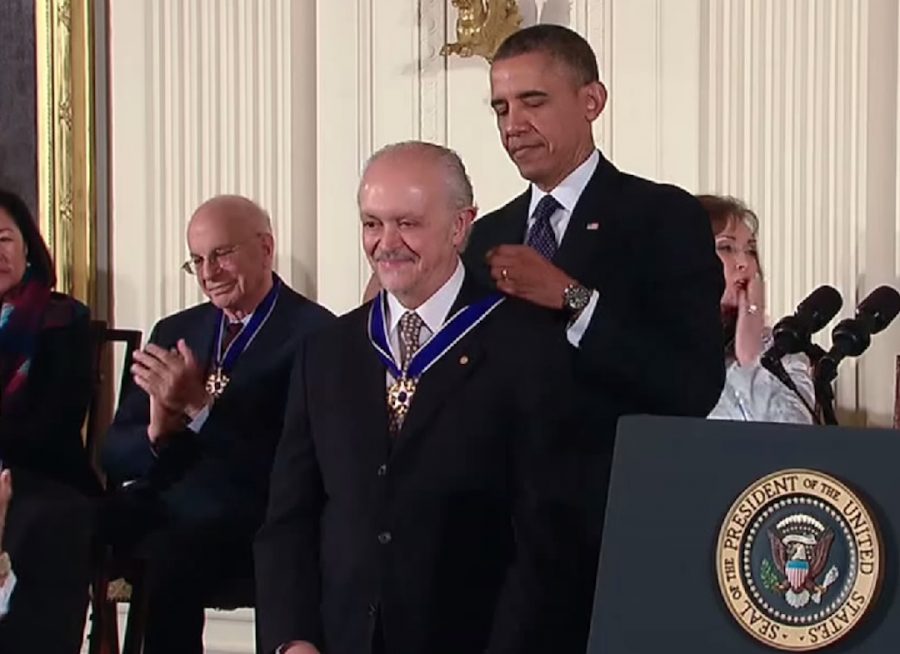Mario Molina
October 10, 2018
Mario José Molina-Pasquel Henríquez was born on March 19, 1943, and is a Mexican-born American chemist reputed for his pivotal role in the discovery of the Antarctic ozone hole. In 2004 he became professor at the University of California, San Diego and the Center for Atmospheric Sciences at the Scripps Institution of Oceanography. He was a co-recipient of the 1995 Nobel Prize in Chemistry for his role in elucidating the threat to the Earth’s ozone layer of chlorofluorocarbon gases (or CFCs), becoming the first Mexican-born citizen to ever receive a Nobel Prize in Chemistry.
Mario Molina joined the lab of Professor F. Sherwood Rowland in 1973 as a postdoctoral fellow. Here, Molina continued Rowland’s pioneering research into “hot atom” chemistry, which is the study of chemical properties of atoms with, and only with, excess translational energy owing to radioactive processes. This study soon led to research into chlorofluorocarbons (CFCs), which had been accumulating in the atmosphere.
In 1974, as a postdoctoral researcher at University of California, Irvine he and Rowland co-authored a paper in the journal Nature highlighting the threat of CFCs to the ozone layer in the stratosphere.
On August 8, 2013, President Barack Obama announced Molina as a recipient of the Presidential Medal of Freedom. Mario Molina is a visionary chemist and environmental scientist. He is the director of the Mario Molina Center for Energy and Environment; and a member of the President’s Council of Advisors on Science and Technology.


